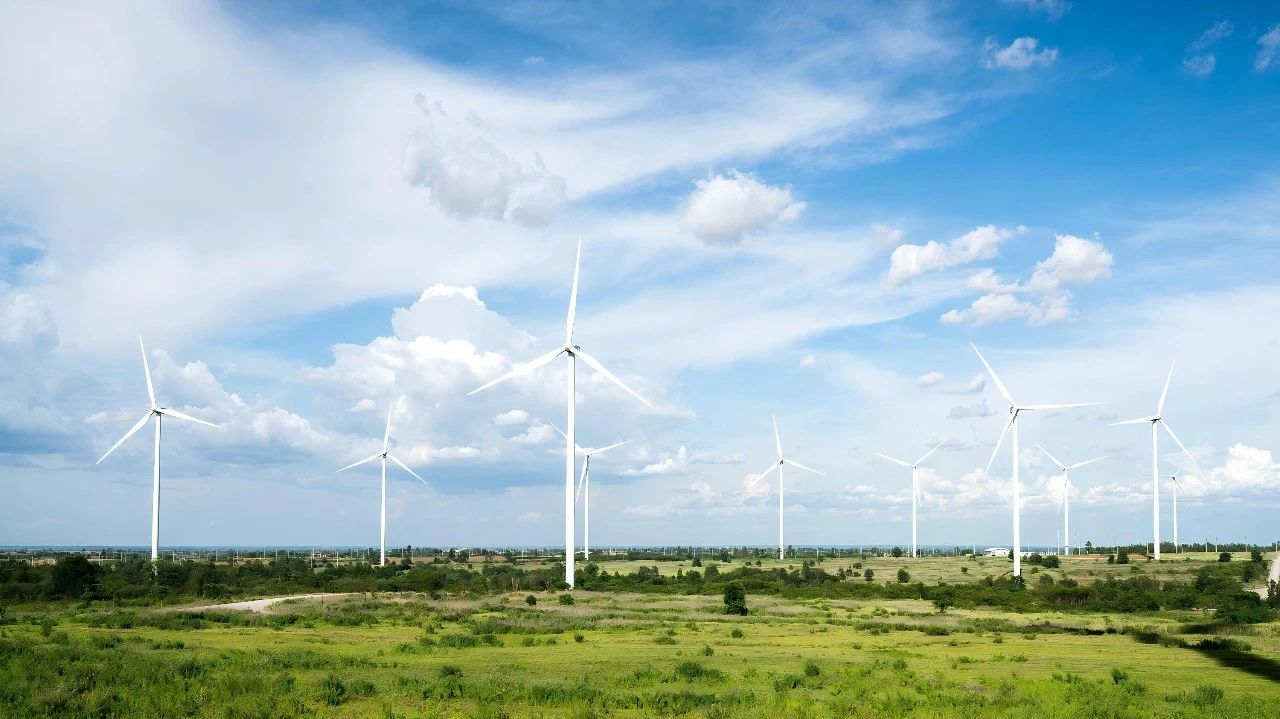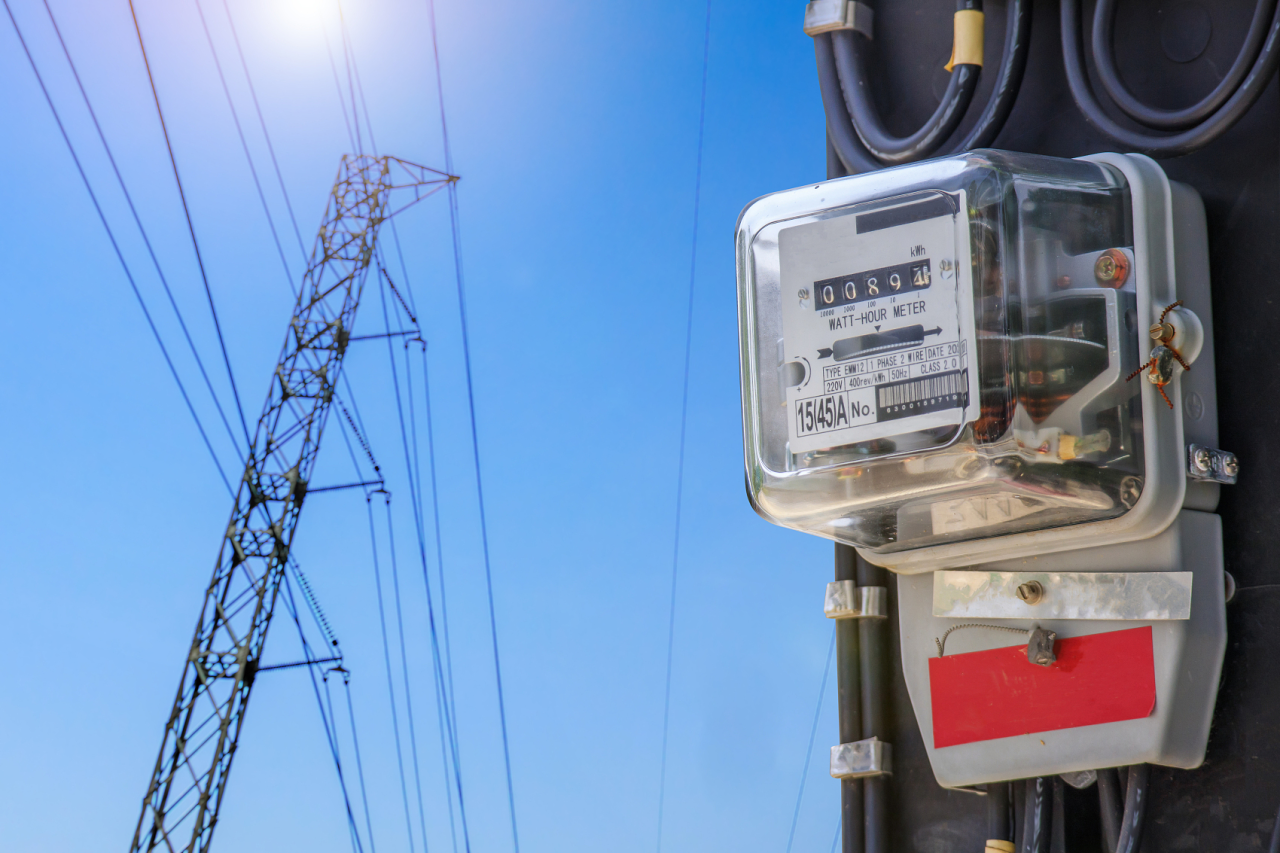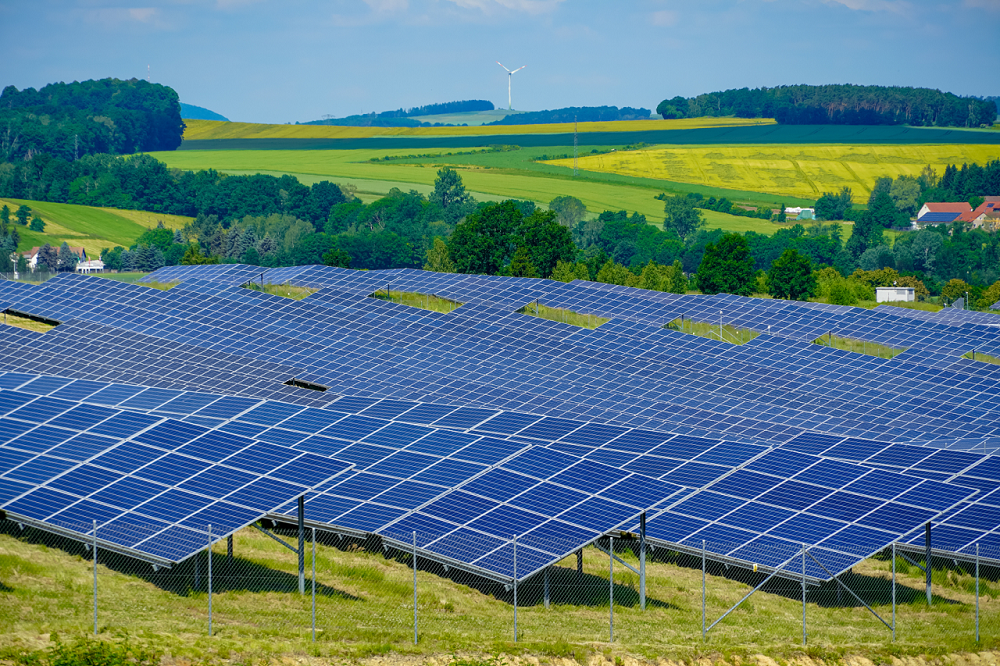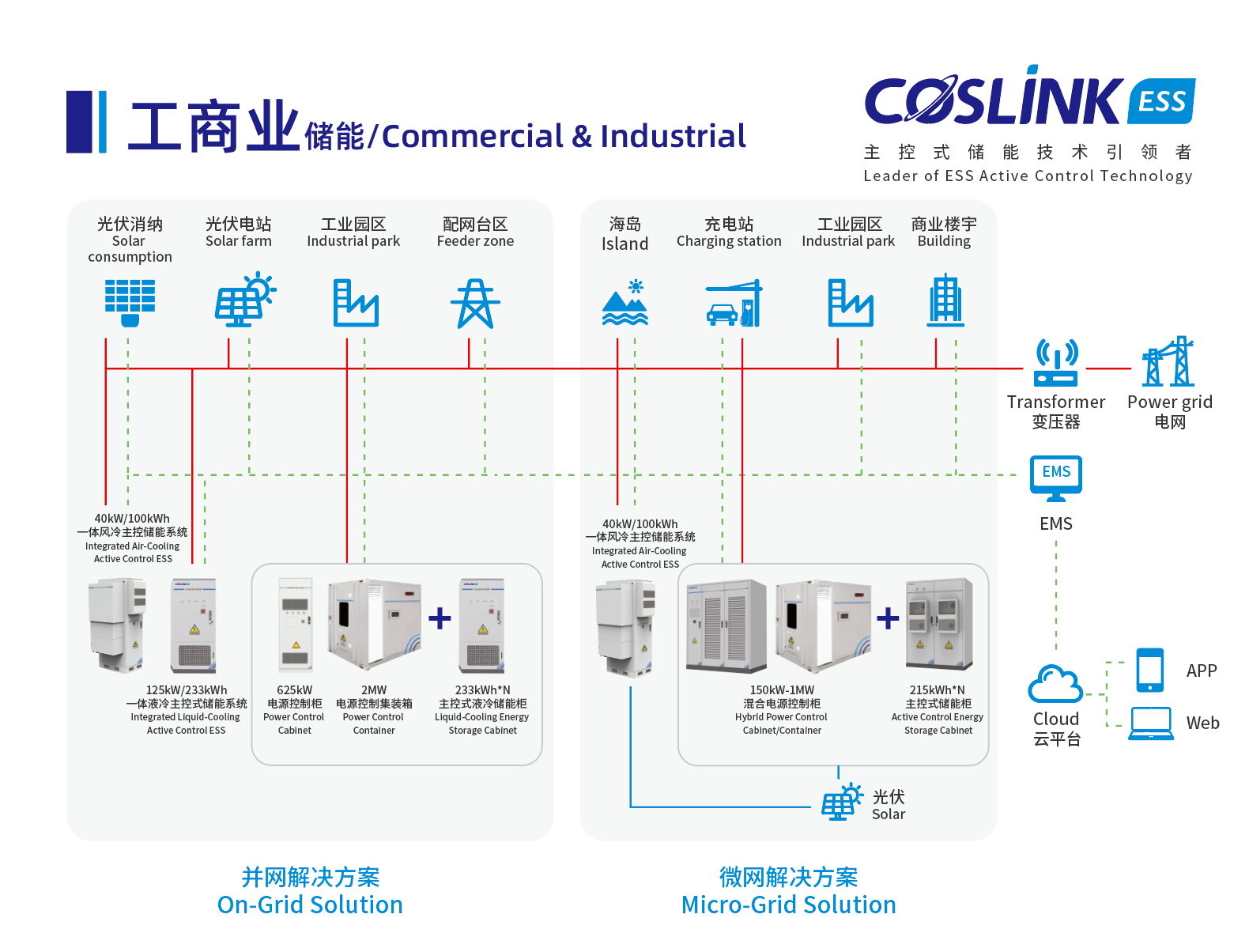-
Global
Global
Aug 16, 2024 View: 1

Recently, the Henan Provincial Development and Reform Commission issued the “Source-Grid-Load-Storage Integration Policy”, which allows third parties to construct distributed solar and decentralized wind power facilities on or near enterprise-owned land and sell the electricity to power users. This creates favorable conditions for “Adjacent electricity sales”. With the rapid increase in distributed renewable energy installations and growing challenges in energy absorption, this new policy is expected to become a key tool in accelerating energy transitions across various provinces and cities.
What is “Adjacent Electricity Sales”?
In 2017, the National Development and Reform Commission and the National Energy Administration jointly issued the "Notice on the Pilot Program for Distributed Power Generation Market-Based Trading", which first introduced the concept of market-based trading for distributed generation, known as Adjacent Electricity Sales. This model allows distributed generation project entities (including individuals) to engage in electricity transactions with nearby users within the distribution network. The grid companies are responsible for the transmission of distributed generation power and cooperate with relevant electricity trading institutions to organize market-based transactions, charging transmission fees based on government-approved standards.
In 2019, the government released the initial list of 26 pilot projects for Adjacent Electricity Sales. However, the mechanism has faced challenges in gaining traction because the parties involved have struggled to reach an agreement on how to allocate benefits with the grid companies.

Why Did Henan Introduce This Policy?
Henan is a core grain-producing region in China, with cultivated land accounting for nearly half of the province’s total area, limiting the space available for centralized renewable energy projects. In 2023, Henan topped the nation in new distributed solar installations,adding 13.897 million kilowatts, while new centralized solar installations were only 89,000 kilowatts, which is less than 1% of Henan's new solar capacity. Additionally, Henan is a net energy-importing province, and its renewable energy development relies on local absorption. If the current model of full-grid integration for distributed energy continues, the safety, monitoring, and dispatch facilities of the Henan power grid will not be able to cope. Therefore, in 2023, Henan issued the "Notice on Promoting the Healthy and Sustainable Development of the Distributed Solar Power Generation Industry", designating most of the province as red zones for solar development.
Therefore, to further develop renewable energy, Henan must promote distributed energy primarily for self-consumption rather than full-grid integration. From a policy perspective, Henan urgently needs to gradually enhance the proportion of renewable energy participating in market transactions, refine the market trading mechanism for distributed generation, and standardize trading procedures. This has led to the emergence of the "Source-Grid-Load-Storage New Policy."
What is the Essence of the "Source-Grid-Load-Storage New Policy"?
The “Source-Grid-Load-Storage New Policy” specifies the implementation guidelines for five categories of source-grid-load-storage projects: industrial enterprises, incremental distribution networks, rural workshops, production enterprises, and village-wide development.
Firstly, for industrial enterprises with high electricity consumption, the policy permits the "reasonable utilization of new energy resources a 20-kilometer radius to construct distributed solar or decentralized wind power facilities, with appropriate storage to enhance the proportion of green electricity usage and improve system operational efficiency." Although project owners must be electricity users, they have the option to develop the project independently or entrust professional teams to carry out the development and construction through energy management contracts. This essentially allows third parties to participate in the construction and operation of such source-grid-load-storage projects, facilitating the implementation of Adjacent Electricity Sales in Henan.
Secondly, regarding the most concerned source-grid-load-storage integration projects involving industrial enterprises and incremental distribution networks, Henan Province has clearly stated the requirement for complete self-consumption, prohibiting any electricity from being fed back into the grid. For industrial enterprises, the source-grid-load-storage integration projects must be equipped with anti-backflow devices to prevent electricity from being sent back to the main grid. For incremental distribution network projects, there must be a clear physical boundary established with the public grid to ensure no electricity is fed back into it. For the other three types of projects, the generated electricity should be prioritized for self-consumption, with any excess allowed to be exported to the grid.
Moreover, the policy clarifies the energy storage requirements for the three types of projects: for industrial enterprises, a centralized independent energy storage system must be established with a capacity of at least 15% of the new energy scale; for production enterprises, the new energy storage facilities must have a capacity of no less than 20% of the installed new energy power and a duration of at least 2 hours; for village-wide development projects, energy storage facilities should be configured to at least 50% of the installed new energy power and have a duration of no less than 2 hours.
Clearly, the policy is designed to promote the local consumption of distributed electricity and prevent any electricity from being fed back into the power grid. This approach addresses the challenges of renewable energy absorption while not competing for the scarce flexibility resources of the grid, thereby ensuring the safe operation of the power system. It is an encouraging policy initiative for constructing a new energy system. With a robust industrial sector, Henan Province can leverage this new policy to enhance the use of green electricity among industrial enterprises and mitigate energy constraints in key industries. Additionally, transitioning rural energy consumption from "remote sources" to "local access" can significantly improve the ecological environment in rural areas while ensuring a more stable and secure energy supply.

The development of source-grid-load-storage integration imposes new requirements for the local consumption of renewable energy. Distributed solar and wind power systems, along with their energy storage, need to be equipped with active control functions and support intelligent management capabilities to adapt to the future development of virtual power plants.
Why Choose COSLINK Active Control ESS?
COSLINK Active Control Energy Storage Technology offers flexible configuration of power and capacity in distributed ESS (with air-cooling or liquid-cooling options) according to the actual needs of the customer.

COSLINK Active Control Energy Storage Technology and products feature the following characteristics:
1. Pack-to-system active control optimizers can flexibly provide smart control of charge & discharge requirements of various ESS application scenarios
2. Complete AC/DC-side modular design helps to improve users' operational and maintenance convenience, reducing the overall investment for customers.
3. Output electric characteristics of battery modules and systems are visualized and controllable to enhance ESS self-management capability and reliability.
4. COSLINK Cloud and intelligent EMS collaborate to support optimal customization of management strategy to realize the most efficient utilization of the energy storage capacity.
5. Comprehensive local data uploading & automatic Cloud-based data analysis contribute to enhance customers’ ESS remote management experience and life-cycle ROI.
6. The combination of COSLINK active control optimizer + AC/DC flexibly management system + PCS paralleling technology can flexibly adjust AC/DC sides according to real-time load, addressing customers’ anxiety of capacity outages.
In the field of system-level active control energy storage technology, COSLINK has accumulated extensive technical and project experience, leading the niche market. Whether for owner-financed projects or collaborative developments, COSLINK can provide comprehensive and integrated energy solutions.
COSLINK primary mission is to meet customer needs, tackle their pain points and address problems. As we pursue the global carbon neutrality goals, COSLINK will keep pushing forward and making significant contributions to global green energy efforts!
